
Few black-and-white worlds are as lush and vividly realized as those which spring from the pen of Nina Bunjevac. A Serbian/Canadian creator whose award-winning comics span themes of identity (Heartless, 2012), paternity (Fatherland, 2014), toxic masculinity (Bezimena, 2019), and naïveté (La Réparation, 2022), Bunjevac’s dizzying precision as an illustrator provides a potent counterpoint to her often-metaphorical storytelling.
Never has this been truer than with the release of her most interactive work to date—An Alchemical Journey Through the Major Arcana of the Tarot: A Spiritually Transformative Deck and Guidebook. As a huge fan of Bezimena and a neophyte Tarot practitioner myself, I was overjoyed when I found out at the end of 2023 that Fantagraphics was releasing a 22-card deck and instructional manual by Bunjevac. The set not only gave me new insight into how to interpret the most impactful cards, but also provided a glimpse into the mystic traditions that ultimately led the 50-year-old author and artist to make massive changes in her professional and personal life.

Originating in northern Italy around the mid-15th century, lushly illustrated and highly symbolic Tarot cards have been used to play a variety of games ever since. It was in France towards the end of the 18th century that occultists developed rituals using the deck to tell people’s fortunes and predict the future—a practice called “cartomancy”—that went on to dominate public perception of the cards to this very day. But Bunjevac’s guide represents a more modern approach to these ancient images that encourages self-reflection over divination and inspires readers to harness the power of active imagination rather than fearing some ominous future.
Here, the multitalented visionary takes a break from her first summer living back in Serbia since childhood to share how she breathed new life into a centuries-old artform.
EMILY REMS: An Alchemical Journey Through The Major Arcana of the Tarot is very different from any project you’ve taken on before. What was it about redesigning these iconic images that made you want to dive in?
NINA BUNJEVAC: The initial spark took place during my year-long residence at Cité de la BD in Angoulême, France. The purpose of my residence was to research the French publishing industry, particularly in comics. The French edition of my book Bezimena had just come out, and I was to use the book tour for research purposes. By the end of the tour—which coincided with the Angoulême comics festival and my 2019 solo show at the Galerie Martel in Paris—I was exhausted. An illustration gig I had just finished before the festival called for an image of the grim reaper, for which I provided two concepts. The rejected concept ended up looking a lot like the card for Death in the Major Arcana. While recovering from exhaustion, I pondered this image, but the decision to illustrate the cards had not yet crystallized. That happened during a trip to La Rochelle, a city on the Atlantic coast of France, which was one of the stops along the slave-trade route to the Americas.

There are three towers in the old port of La Rochelle. One of these towers had been used to house prisoners and enslaved people en route, while another one had been used to store gunpowder. The second tower had been partially destroyed when the gunpowder ignited by accident and was subsequently repaired. Looking at these structures, I had a distinct impression that the Tower card in the Major Arcana was a pictorial or symbolic representation of a morality tale. This got me thinking about the Major Arcana in an entirely different way, as a collection of archetypes, each telling a tale, and delivering a lesson.
What was your relationship to Tarot like before you took on this project?
My relationship with the Tarot had been, up to that point, quite simple and foolish. I saw it as a divination tool, to tell the future. Historically speaking, Tarot had been used for playing and gambling. The first record of it being used for cartomancy [fortune telling] appears about 200 years after the first recorded deck.
You write in the book that accompanies your deck that dream work—Jungian analysis, keeping a detailed dream journal—is your recommended tool for learning to interpret symbols like those in the Tarot. How did your own dream life and subconscious inform how you went about creating the images and interpretations for each card?
According to C.G. Jung, our dreams and creativity come from the same wellspring, our own unconscious mind. I have always been a vivid dreamer and have always produced art via the stream of consciousness, mostly by automatic drawing. I used the same approach in creating the Tarot deck. I might not have known it at the time, but what I had been doing was engaging in the process of active imagination. Upon my return from France, I entered Jungian analysis, and aside from looking at the content of my dreams, I also studied the content of my books, and the Tarot as well. Now I understand the process, and can create with a lot more confidence.
If you could choose a Tarot card to represent each of your previous books—Heartless, Fatherland, Bezimena, and La Réparation—what would each one be?
Ooooh, excellent question! Heartless would most definitely be The Fool. Fatherland would be The Emperor. Bezimena would be The Devil. And La Réparation would be Death.

How did you make these beautiful images for each card? What analog tools and computer programs did you utilize?
I used regular sketching paper and pencils for sketching the images out, tracing paper for refining and editing. I would then scan the final sketches and edit them in Photoshop. Final sketches would be printed out and transferred onto heavier stock paper and inked. My inking technique changed somewhat to accommodate the new style and to resemble woodcuts. Unfortunately, the originals were too big, which made the printed cards oversized. Going any smaller would have resulted in loss of detail. Next time around, I’ll make sure the originals are smaller.
In many ways, your book Bezimena (2019), is a fascinating precursor to this thematic leap into Tarot. That book was a dreamlike odyssey in which tangible reality ultimately gave way to the main character's twisted inner world. Are there any parallels you can draw between the themes you teased out in Bezimena and the "alchemical journey" you took to create this guide?
Both projects dragged me deeper into my unconscious mind. Bezimena, or rather my own unconscious mind, gave me a hint that I should perhaps do some shadow work. The Alchemical Journey documents a part of that process.

You have written on social media that you are leaving comics behind entirely, which came as a shock to your fans around the world. Is this still your plan? How much of your decision to leave comics had to do with your own inner callings as an artist and how much was influenced by the way artists (and particularly women) are treated and paid in the comics industry?
Part of the reason why I will no longer create comics is that I have found a splendid format in Tarot cards and cards in general, which offer plenty of opportunity for experimentation and innovation, as well as an outlet for my love of esoteric philosophy and symbolism. My Tarot deck and book have been selling well, better than comics. It is true that there is very little money in independent comics for the creator, same as in the publishing industry, regardless of gender. We’ve never enjoyed better diversity in comics as we do now, and I think we’re all equally mistreated.
You not only made a huge career pivot in recent years, you also just left Canada, which had been your home for the entirety of your professional career, and moved back to Serbia, where you spent your childhood. What prompted this move and how has it impacted your practice as an artist?
After 33 years of living in Canada, I found myself struggling to survive. Most of my income comes from the USA, France, and Europe. I make no money in Canada, yet I pay high rental fees and taxes. My rent in Serbia is so low, it is laughable. I am in the process of registering as an independent artist, in which case, the city of Nis will be paying for my health insurance and pension. I eat delicious organic food from two farmer’s markets that are five minutes from my home. People are kind, soulful, and friendly here. I am one hour away from any major European city by air. My balcony overlooks mountains and terracotta rooftops. I am back at home and have never been happier. My practice has only benefited from this.

Your Tarot guide also includes a fascinating list of "Further Reading" you suggest that is a delicious who’s who of esoteric philosophy. What spiritual traditions do you connect with most and who are the thought leaders who have had the most impact on you?
Viktor Frankl and C.G. Jung have had the most impact on my personal development. As far as the spiritual traditions I connect with, I would say that my closest connection is with Rosicrucianism.
Your work is included in an exciting exhibit running currently at the Centre Pompidou in Paris through Nov. 4, “Comics 1964-2024.” What else is coming up for you? Do you think a full Tarot deck including all the Minor Arcana images may be coming in the future?
I am currently preparing work for a solo exhibit at the Galerie Martel in Paris opening December 12th. And I do plan to design the entire Tarot deck, which I will begin working on as soon as I deliver my work to the gallery. There is also an eco-themed project in the works that will usher in an entirely new chapter of my work. But I’m going to keep those particular details close to my chest.

The post Building a Mystery: Comics iconoclast Nina Bunjevac is making life changes with help from the Major Arcana appeared first on The Comics Journal.

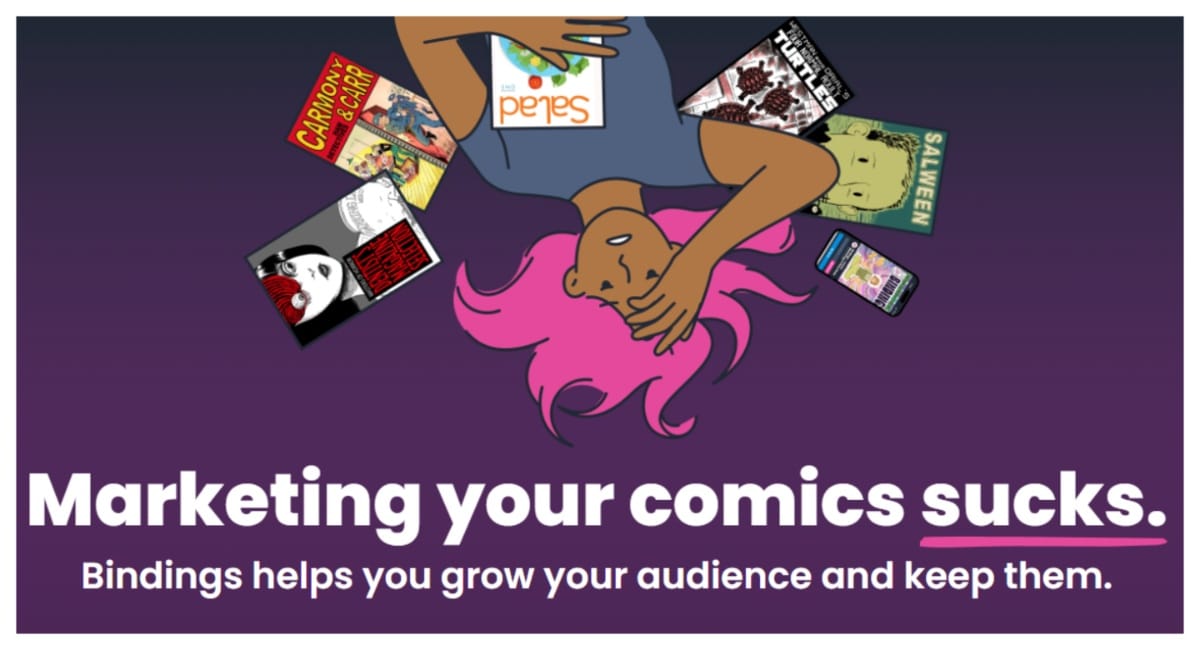
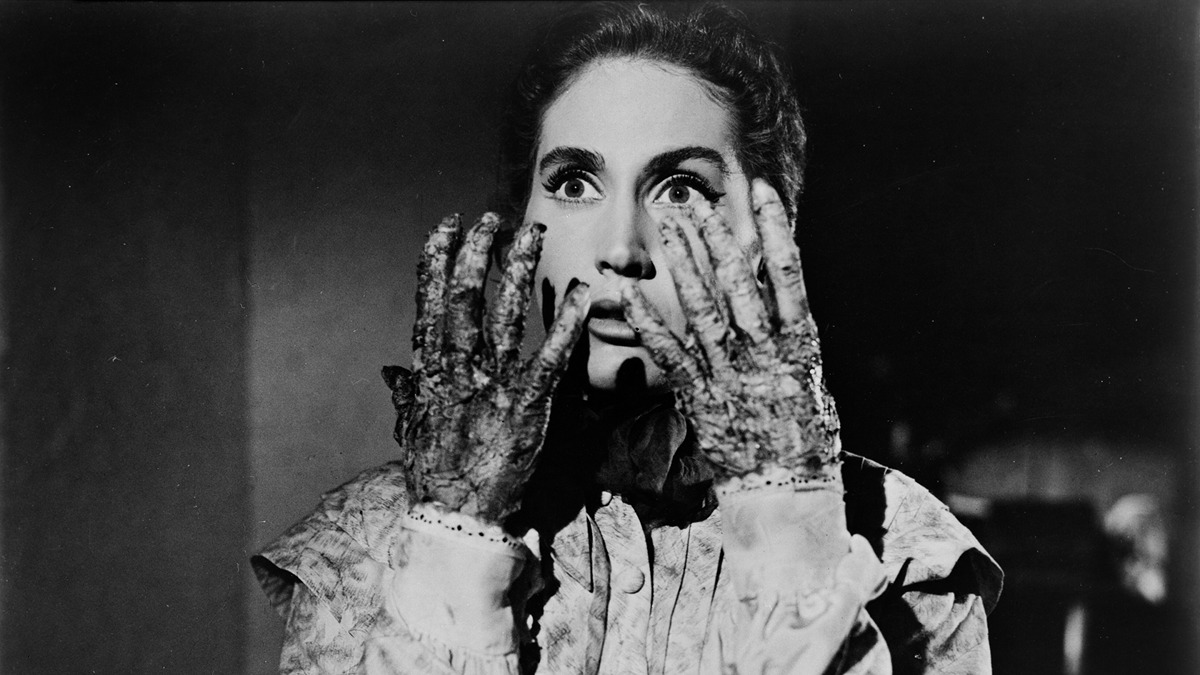
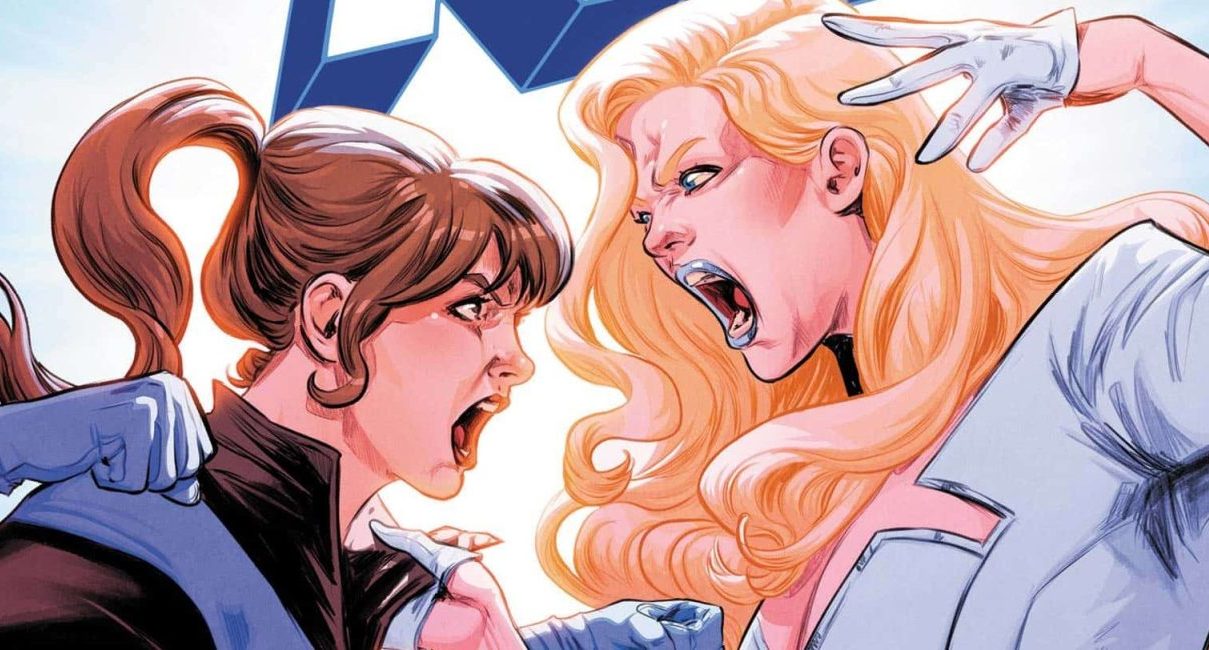
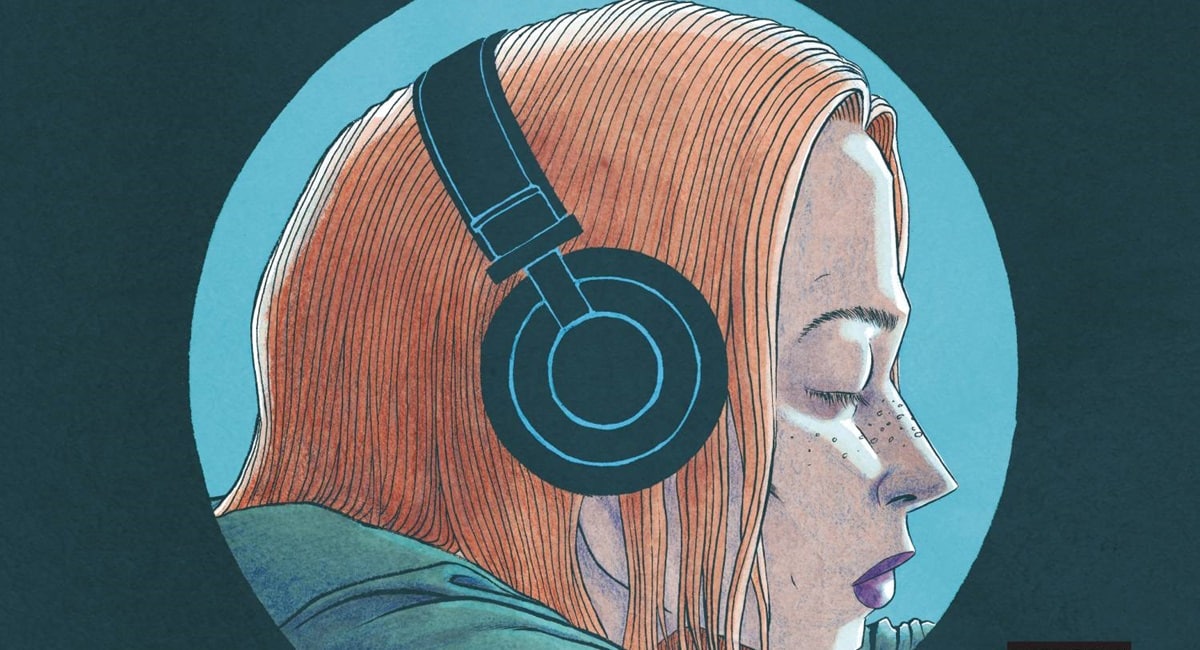
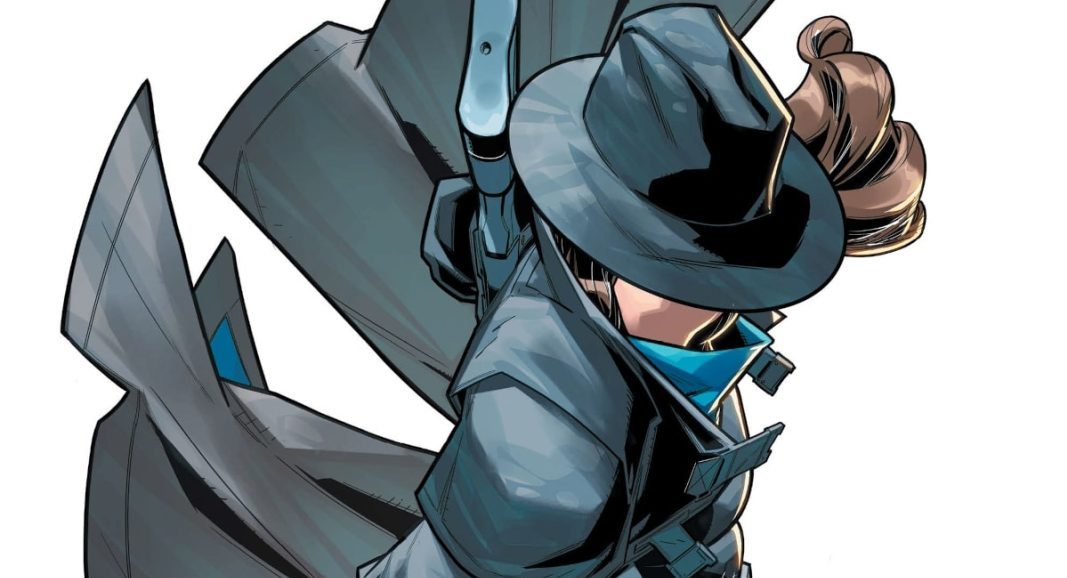
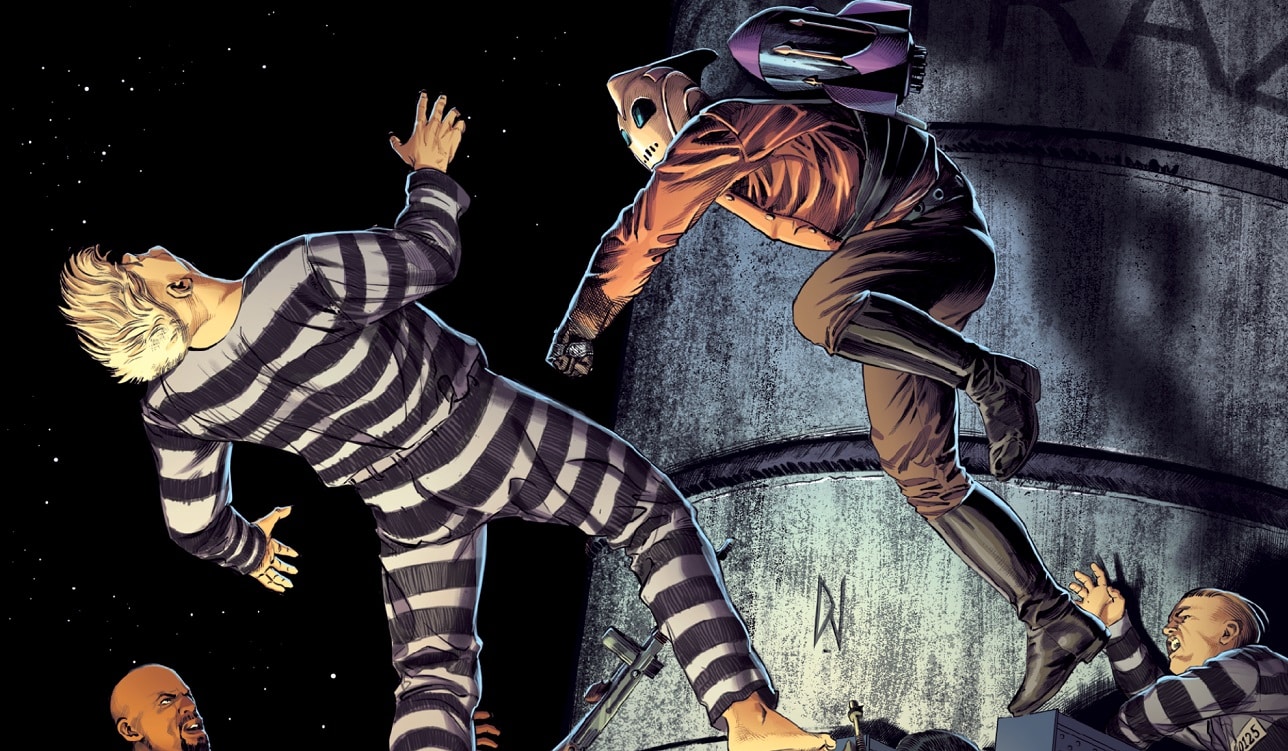












 English (US) ·
English (US) ·